I'm working on simple expense tracking app. Below you can find the view with all user's Operations (expense or income):
Based on this thread I implemented bootstrap modal window to display new operation form:
Below you can find ManageOperations view which is responsible for displaying views presented above:
class ManageOperations(ListView, FormView, OperationMixIn):
model = Operation
form_class = OperationForm
template_name = "expenses/manage_operations.html"
success_url = reverse_lazy('manage_operations')
def get_context_data(self, **kwargs):
context = super(ManageOperations, self).get_context_data(**kwargs)
context['operations_list'] = Operation.objects.filter(user=self.request.user).order_by('-date')
return context
def get_form_kwargs(self):
kwargs = super(ManageOperations, self).get_form_kwargs()
kwargs.update(user=self.request.user,
initial={'account': Account.objects.get(user=self.request.user, default=True)})
return kwargs
def form_valid(self, form):
operation = form.save(commit=False)
operation.currency = Account.objects.get(pk=form.instance.account_id).currency
self.update_account_balance(form)
form.instance.user = self.request.user
form.save()
return super(ManageOperations, self).form_valid(form)
I'd like to implement same modal windows both for "edit" and "delete" actions. I assume that it will be quite simple for OperationDelete view:
class OperationDelete(DeleteView, OperationMixIn):
model = Operation
success_url = reverse_lazy('manage_operations')
def delete(self, *args, **kwargs):
self.restore_account_balance(self.get_object().pk)
return super(OperationDelete, self).delete(*args, **kwargs)
I could just move delete method to my ManageOperations view and make it inherit from DeleteView.
Things are getting more complicated when it comes to editing existing Operation. Currently following code is responsible for handing an update of existing entry:
class OperationUpdate(UpdateView, OperationMixIn):
model = Operation
form_class = OperationForm
success_url = reverse_lazy('manage_operations')
def get_form_kwargs(self):
kwargs = super(OperationUpdate, self).get_form_kwargs()
kwargs.update({'user': self.request.user})
return kwargs
def form_valid(self, form):
self.restore_account_balance(self.get_object().pk)
self.update_account_balance(form)
form.instance.user = self.request.user
return super(OperationUpdate, self).form_valid(form)
If I tired to merge it into ManageOperations view I would have to deal with multiple implementation of get_form_kwargs and form_valid methods.
Could you please tell me if I'm going in right direction with this or there is better and more elegant way to solve my problem? Creating one big ManageOperations view which would be responsible for all Operations releated actions seems a little bit silly to me.

